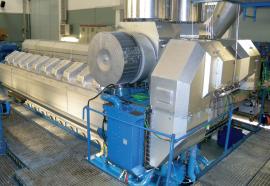Guidelines in Practice
FERC owns more than one enforcement tool. Besides civil penalties, it can require compliance plans or disgorgement of unjust profits, or condition, suspend, or revoke market-based rate authority, NGA certificate authority, or NGA blanket certificate authority. And lacking criminal penalty authority itself, FERC can refer matters to the U.S. Department of Justice for criminal prosecution. Moreover, while defining an organization as any entity other than a natural person, FERC nevertheless will continue to determine civil penalties for natural person violators, looking to the guidelines for guidance in setting such penalties.









